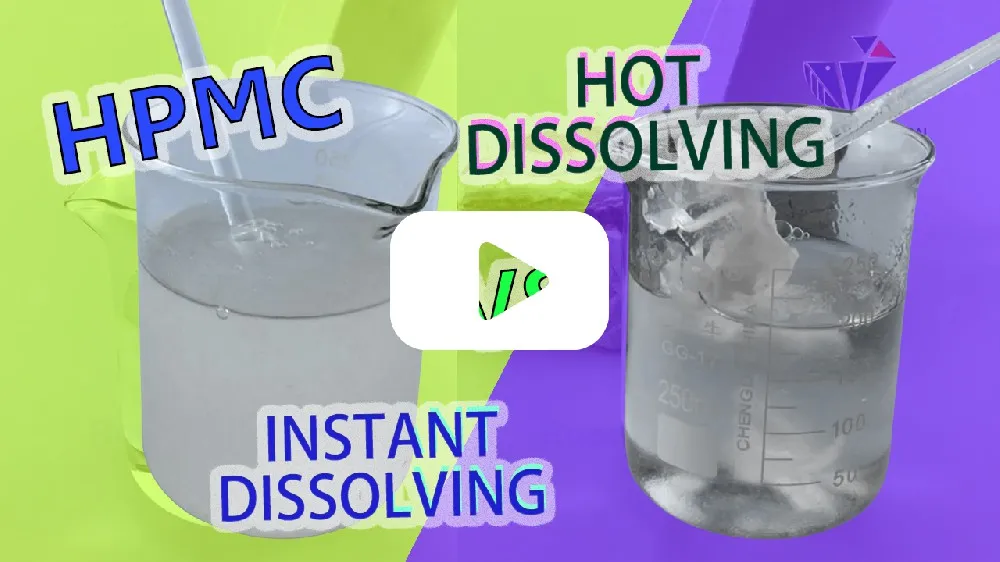
Jul . 29, 2024 17:06 Back to list
Exploring the Applications and Benefits of HPMC in Pharmaceutical and Food Industries
Hydroxypropyl Methylcellulose (HPMC) An Overview of its Multifaceted Applications
Hydroxypropyl methylcellulose (HPMC) is a non-ionic, cellulose-based polymer known for its versatile properties and wide-ranging applications across various industries. As a derivative of cellulose, HPMC is synthesized through the etherification of cellulose with propylene oxide and methyl chloride. The resulting product is a white, odorless powder that is soluble in water and offers unique functionalities that have made it a critical component in many formulations.
One of the prominent characteristics of HPMC is its ability to form viscous solutions. This property makes it an essential thickening agent in the food industry, where it is utilized in sauces, dressings, and baked goods to enhance texture and improve mouthfeel. HPMC also serves as a stabilizer and emulsifier, ensuring consistent product quality by preventing separation of ingredients.
Hydroxypropyl Methylcellulose (HPMC) An Overview of its Multifaceted Applications
The construction industry has also benefited from the unique properties of HPMC. It is commonly used in the formulation of cement-based dry-mix products, such as tile adhesives and joint compounds. HPMC improves workability, water retention, and adhesion of these materials, making application easier while ensuring durability and performance. Moreover, its water-retaining properties are critical, as they allow for better curing of cement, which ultimately enhances the strength of the final structure.
hpmc hydroxypropyl methylcellulose

In cosmetics and personal care products, HPMC acts as a versatile ingredient due to its emulsifying and thickening properties. It is found in creams, lotions, shampoos, and other formulations, providing a desirable viscosity and stability. Additionally, HPMC is appreciated for its non-toxic and mild nature, making it suitable for sensitive skin applications.
Another noteworthy application of HPMC is in the production of biodegradable films and coatings. As environmental concerns escalate, the demand for sustainable materials is on the rise. HPMC-based films exhibit excellent barrier properties, making them suitable for packaging applications that minimize spoilage and reduce food waste. Additionally, these films are compatible with various food products, ensuring safety and compliance with health regulations.
HPMC also plays a significant role in the pharmaceutical industry beyond just tablets. It is used as a gel-forming agent in eye drops and drugs administered via the ocular route, providing lubrication and enhancing drug delivery. Its unique characteristics allow for the development of sustained-release formulations for various medical therapies, promoting patient compliance and therapeutic effectiveness.
In conclusion, hydroxypropyl methylcellulose (HPMC) is a remarkable polymer with a plethora of applications across diverse fields such as food, pharmaceuticals, construction, cosmetics, and environmental sustainability. Its multifunctionality, non-toxic nature, and ability to enhance product performance make it an indispensable ingredient in many formulations. As industries continue to evolve and seek innovative solutions to meet consumer demands, the significance of HPMC is expected to grow, further highlighting its role as a cornerstone in modern formulations. The future of HPMC looks bright, with ongoing research exploring new applications and expanding its potential to contribute positively to various sectors.
-
Versatile Hpmc Uses in Different Industries
NewsJun.19,2025
-
Redispersible Powder's Role in Enhancing Durability of Construction Products
NewsJun.19,2025
-
Hydroxyethyl Cellulose Applications Driving Green Industrial Processes
NewsJun.19,2025
-
Exploring Different Redispersible Polymer Powder
NewsJun.19,2025
-
Choosing the Right Mortar Bonding Agent
NewsJun.19,2025
-
Applications and Significance of China Hpmc in Modern Industries
NewsJun.19,2025







